Collecting vintage and modern jewelry can be a rewarding experience. There are so many different designs and materials that the variations almost seem endless. But, along with this variety also comes problems in describing some of these styles. So here are 12 necklace styles explained, so you’ll never be at a loss for words in describing your gorgeous jewelry finds again.
12) Pendant
Most of us know this one, a pendant necklace features a center drop or focal point. This center gem or arrangement can be stationary or free-moving on a chain or on a strand of beads.
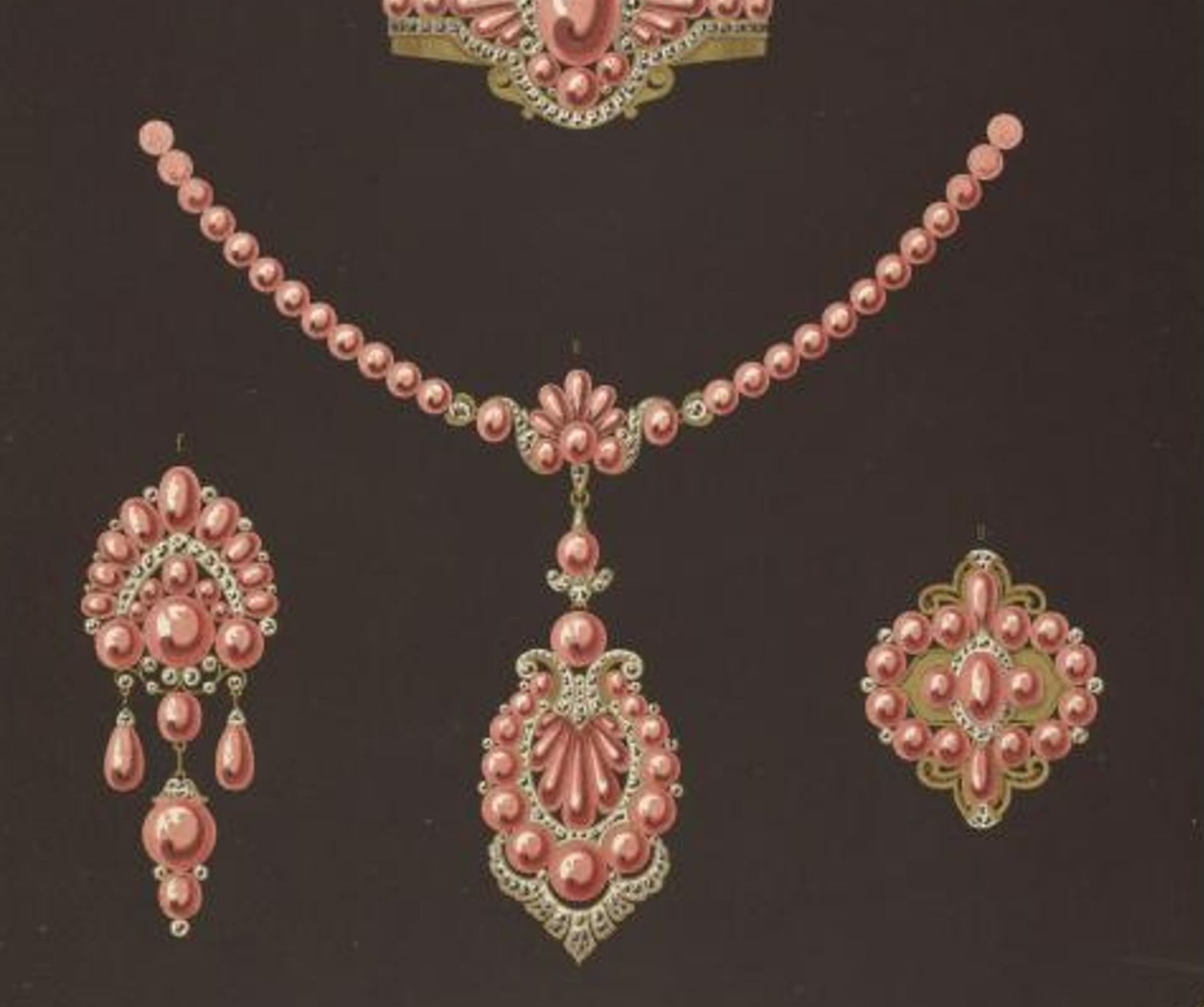
11) Multi-strand
These are some of the most common necklaces to find at thrift stores and estate sales. There was a trend for this style of necklace, particularly in pearls, from the 1940s into the 1960s. Usually a vintage multi-strand necklace will have 2-5 strands in increasing lengths for a cascade effect.
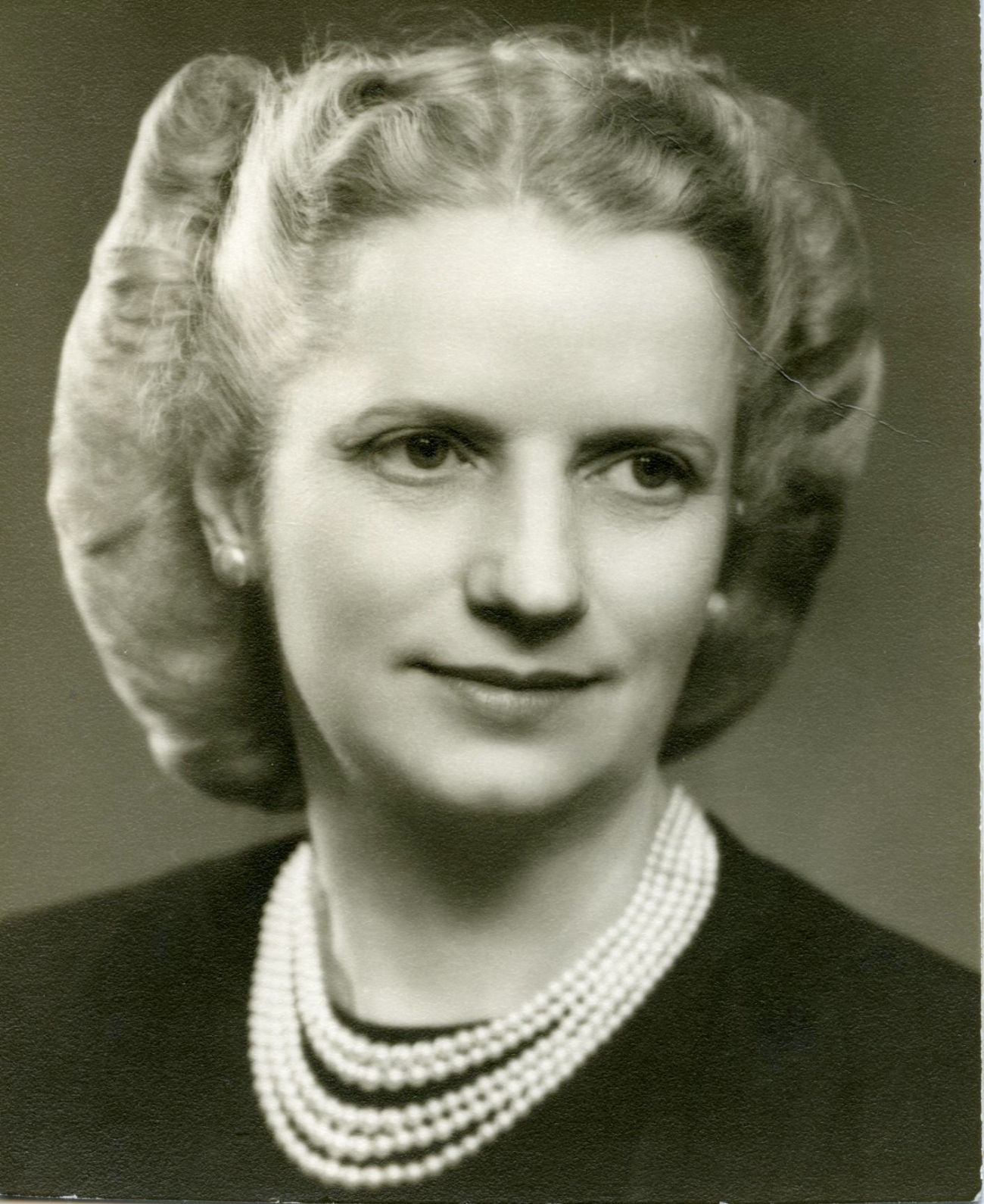
10) Lariat
This style of necklace features a loop that part of the necklace goes through. This can be stationary or moving, but the overall look is similar regardless of how it stays closed. Modern versions sometimes feature a bead closure that replicates this lasso style necklace.
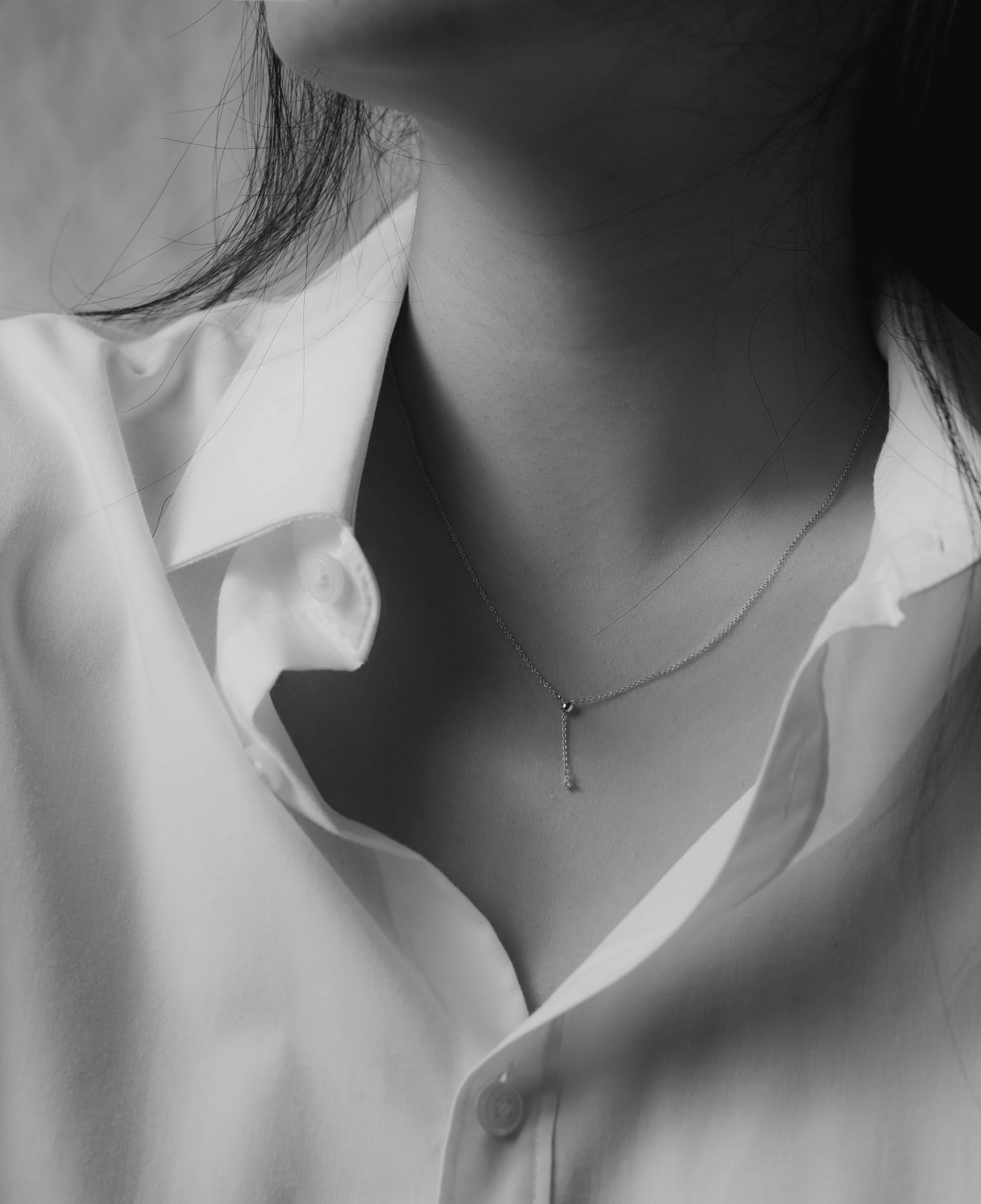
9) Locket
This classic necklace style is one most of us are very familiar with. A pendant opens up like a book via a hinge to reveal spaces inside for keeping tiny photos, mementos, or even some cotton scented with perfume. They can be any shape and be flat or raised or 3D.
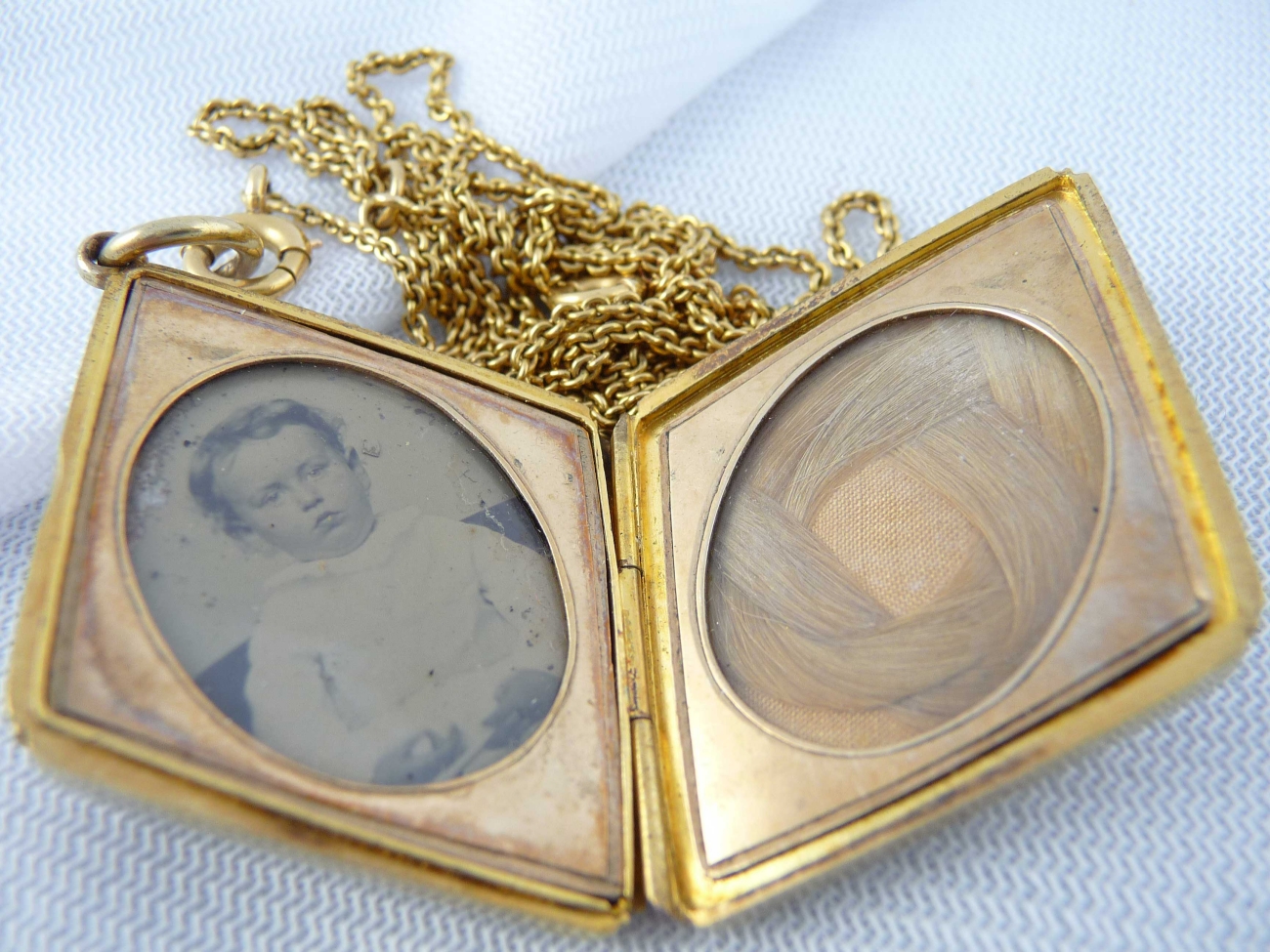
8) Bib
A bib necklace features a wide diameter along the front of the piece, mimicking the shape of a bib- although a bit more elegant. This width can be achieved with beads or chains, but gives the necklace a more collar-like appearance.
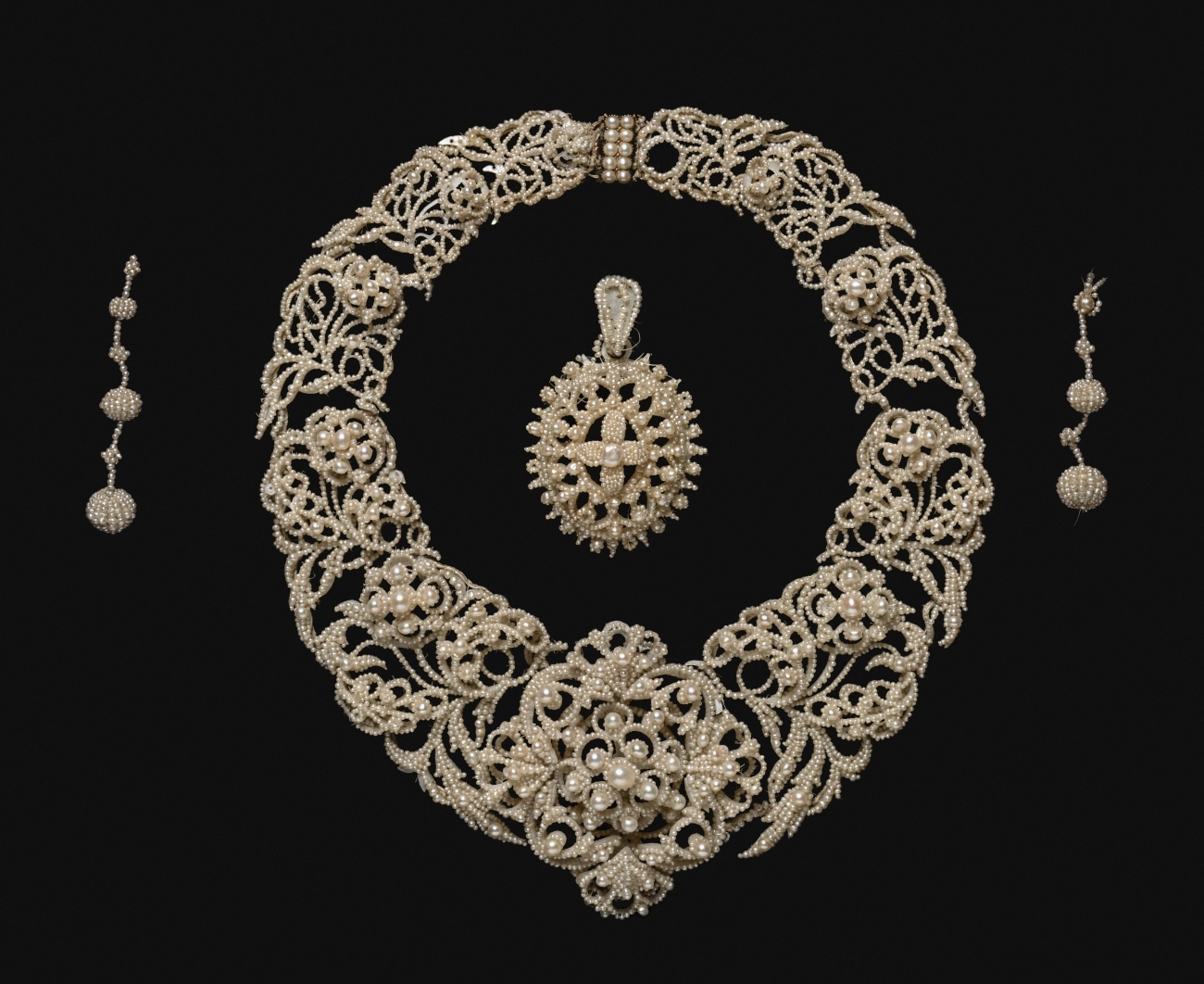
7) Choker
Named for how the necklace is worn tight around the neck, choker necklaces can be made from rhinestones or chair or fabric and can be single strand or multiple strand. These shorted necklaces are often 14″-18″ inches, though this can vary.
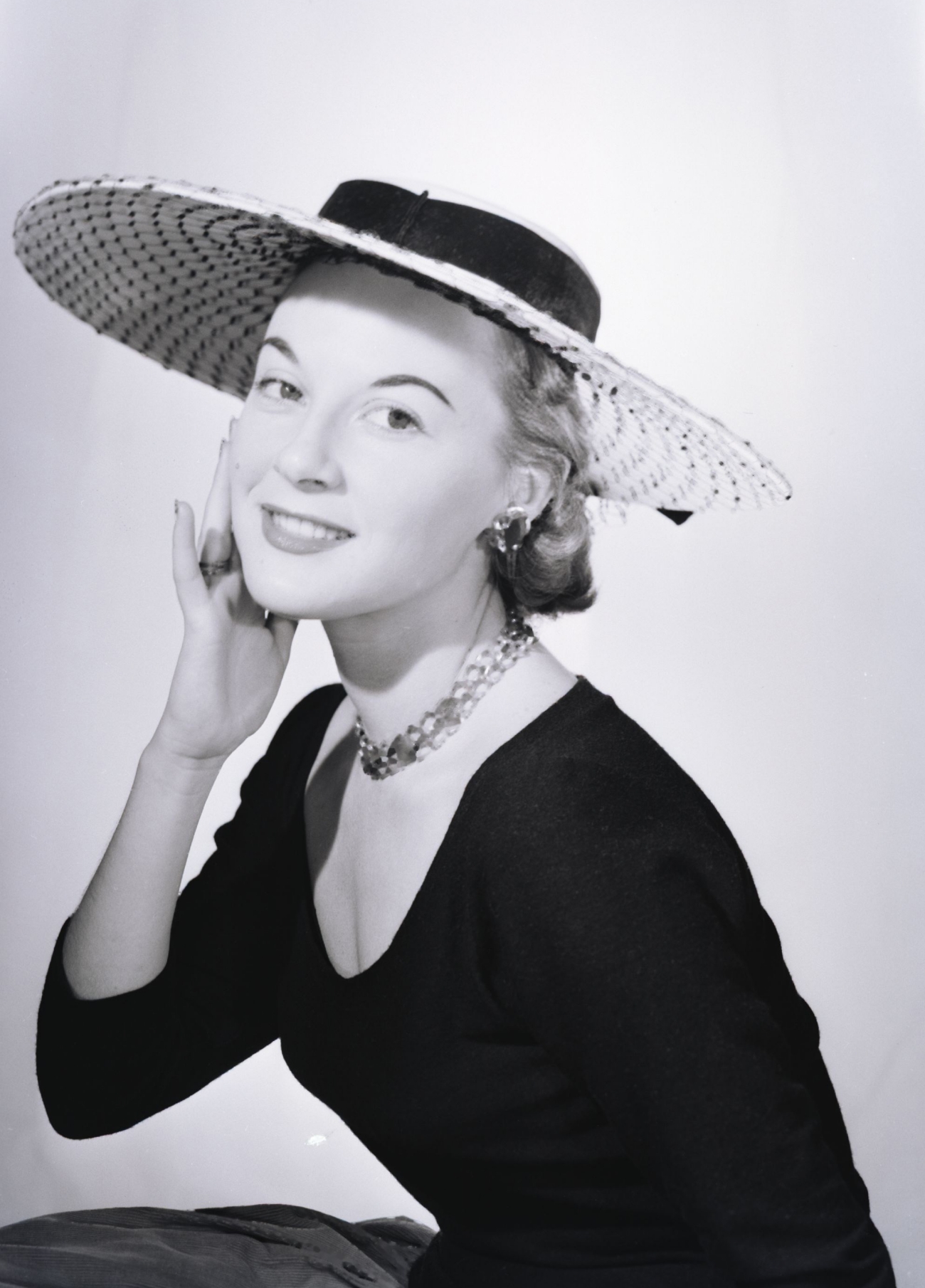
6) Opera
This style refers to a long necklace, beaded, usually with beads of a uniform diameter. The name stems from a now-antiquated practice of ladies wearing these these long necklaces to the opera and other formal events, complete with evening gloves. These necklaces are usually longer than 30″.
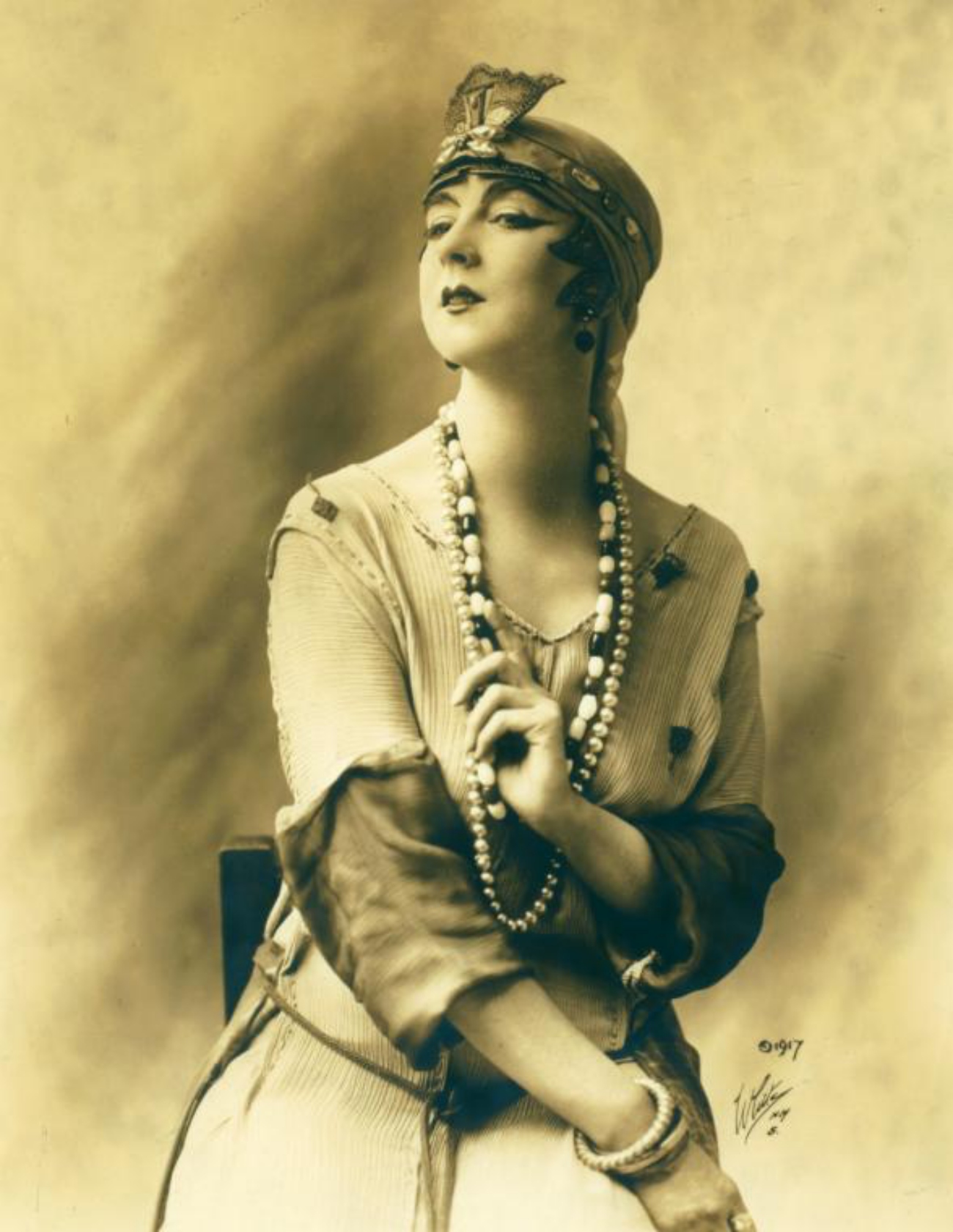
5) Festoon
A festoon necklace features drops that run along the entire front of the necklace. These can be beads, pendants, or chain, but they create a dazzling effect when the many drops catch the light.
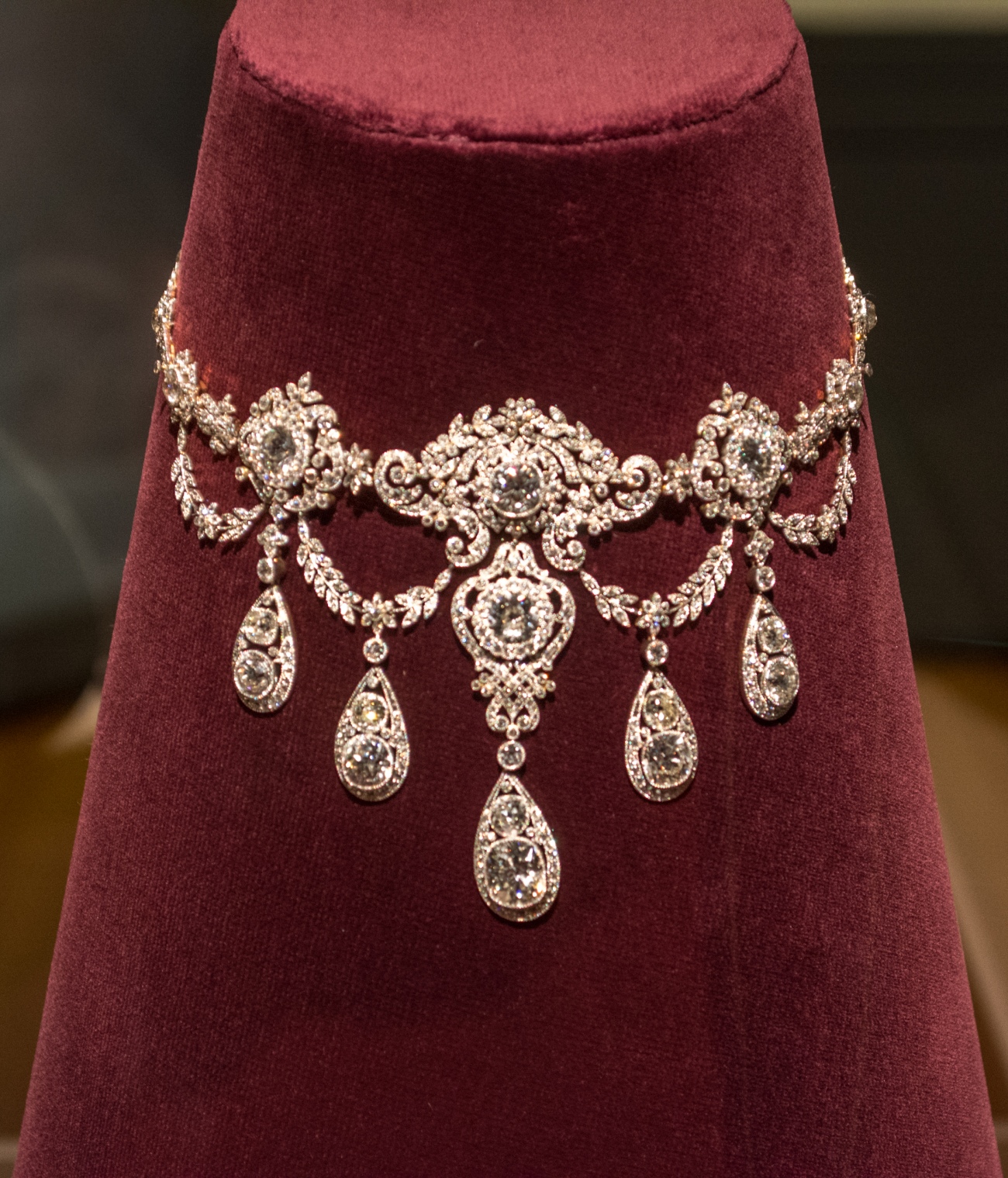
4) Snake
Snake chain refers to a chain with a snake effect from the tightly clustered links of the chain. This style was popular in the 1980s, but has been fashionable in many other decades as well.
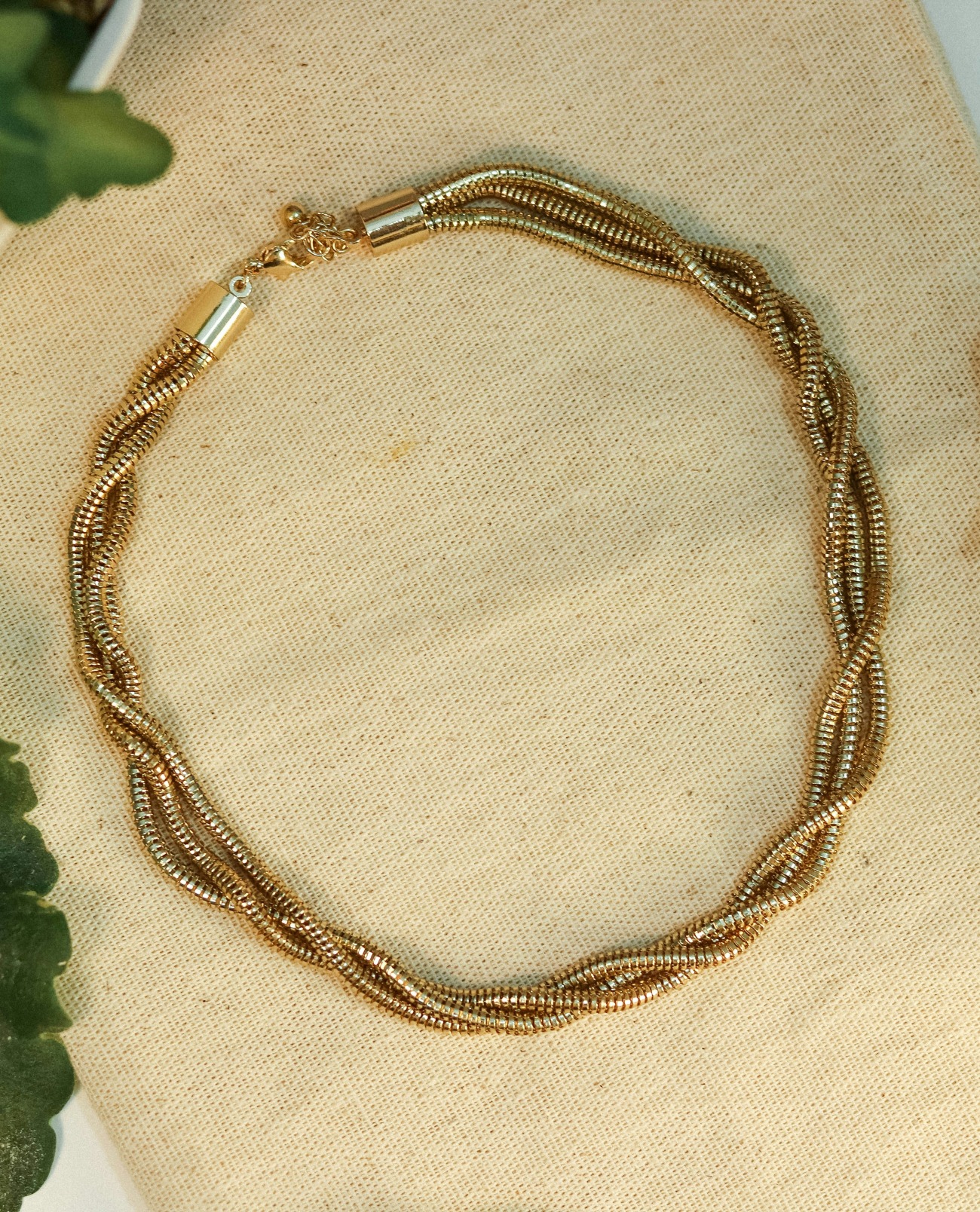
3) Rolo Chain
The links of a rolo chain are spaced out and rounded, giving this type of chain a distinctive look that is comfortable to wear.
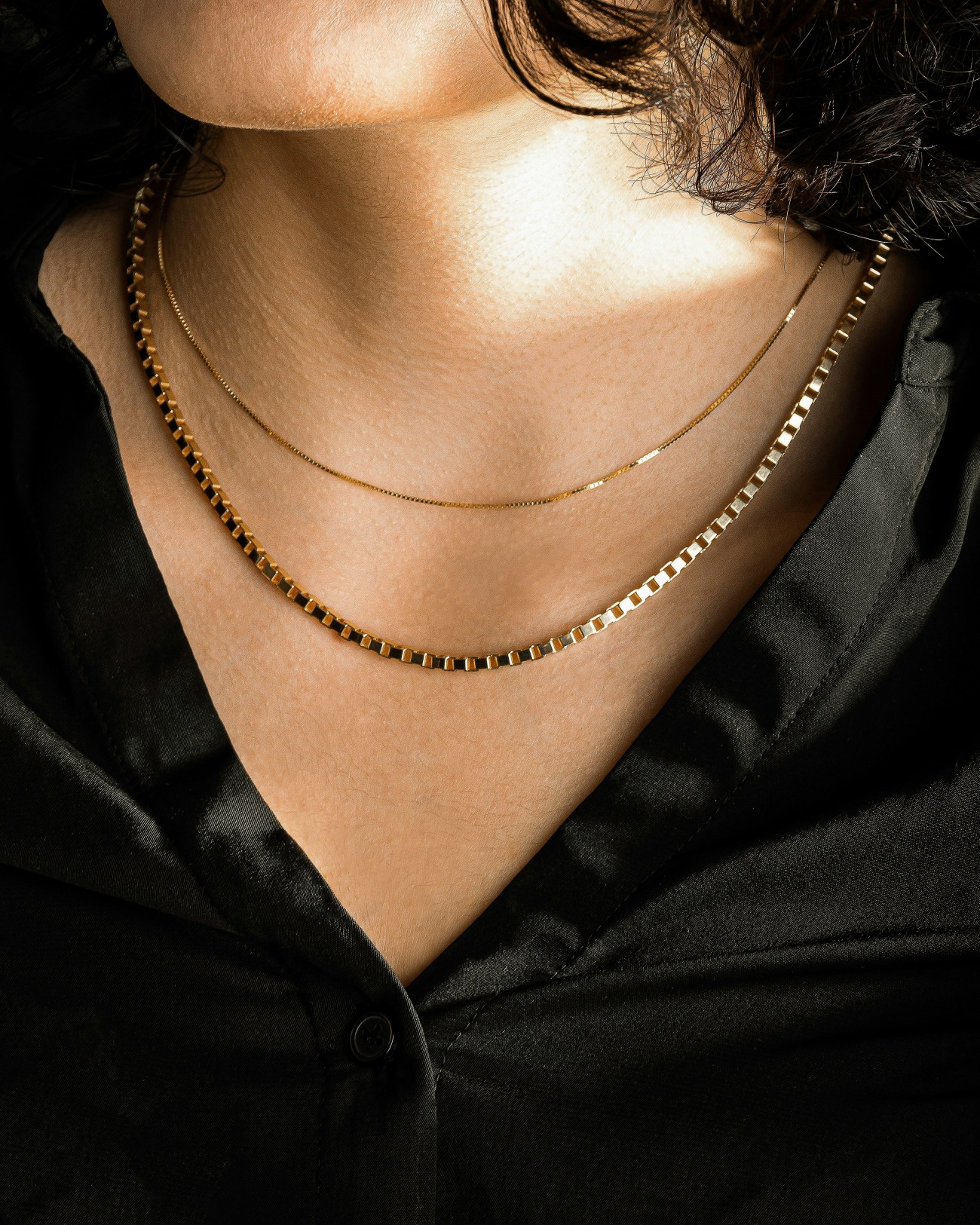
2) Curb Chain
Curb chains have twisted links to them, which can be uniform in size or varied in size. The different angles created by this type of chain catch the light beautifully.
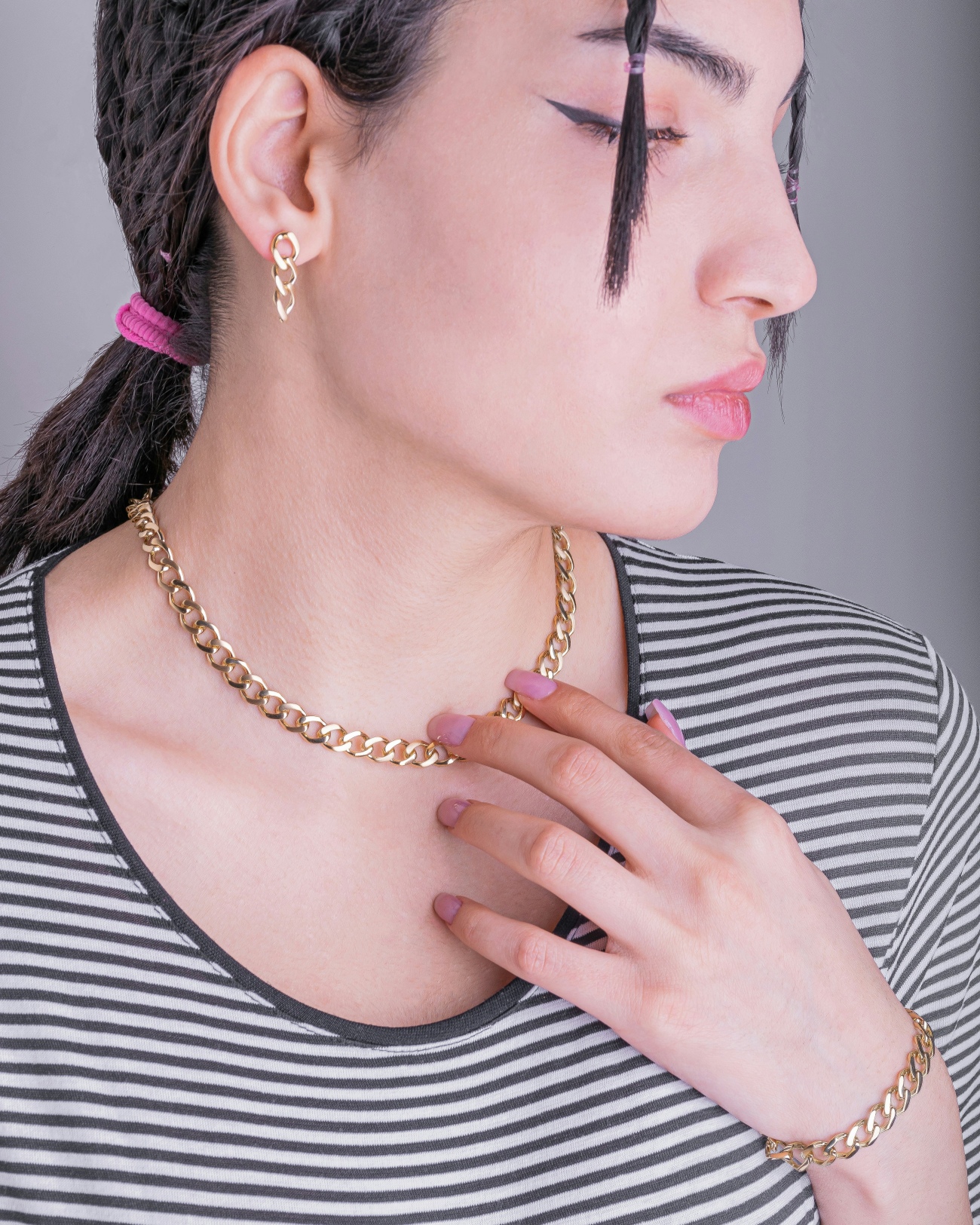
1) Graduated
Graduated necklaces have the largest bead in the center and the beads get smaller as the beads approach the clasp at the back. This is a timeless style that’s still popular, but it was particularly common in the 1940s and 1950s.
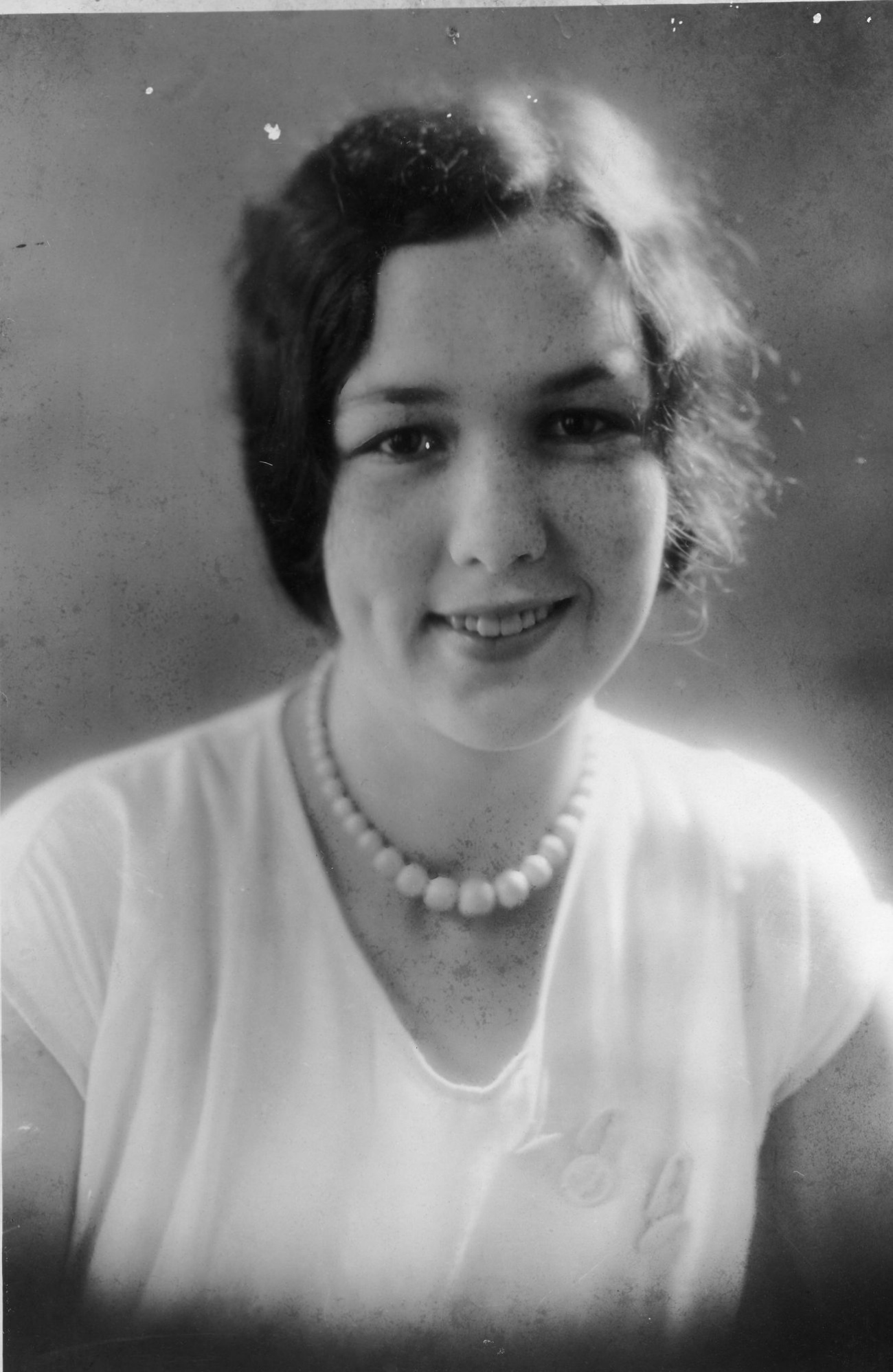
SKM: below-content placeholderWhizzco for DOT

